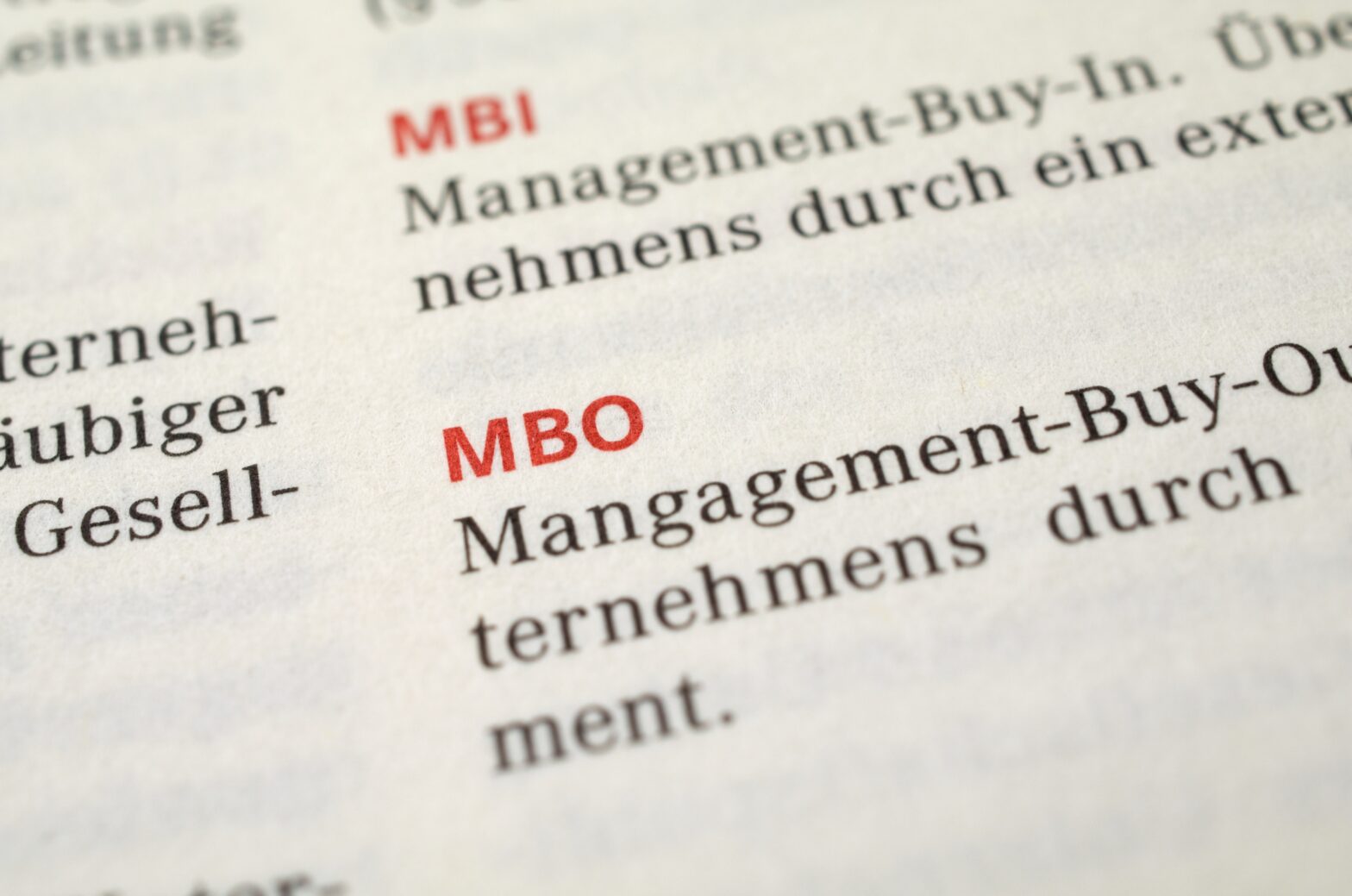While the country is still only just starting to come slowly out of what has been a prolonged and difficult downturn, and with the prophets of continuing economic doom yet to be fully silenced, there is nevertheless recent evidence of an increase in M&A activity.
Businesses that have successfully weathered the storm are increasingly looking to take advantage of their relatively strong positions within their individual market sectors and to consolidate their positions by acquisition.
So, if you are working towards an exit, the future is starting to look a little rosier. But potential acquirers are smarter now and assess acquisitions in a more detailed and sophisticated way, not least because there is a very strong body of evidence showing that many mergers and acquisitions in the past have destroyed shareholder value.
Jim MacKay, senior international consultant at Watson Wyatt Worldwide, believes that ‘50 to 70 per cent of all merger deals fail. That is, they fail to achieve the goals articulated in the merger rationale’. Deloitte Consulting have also published research that reveals ‘nearly two-thirds of mergers significantly diminish shareholder value’.
‘So what?’ you may think, ‘They’re buying my business, and that’s all that counts’. The reality is actually very different because, with access to borrowing so tight, acquirers will focus closely on the price they pay and on ways of de-risking the deal.
A larger proportion of acquisitions are likely to have an element of deferred consideration or earn-out attached to them, so there is a stronger likelihood that your future will be intrinsically tied into the future performance of the acquirer.
More acquisitions will, in effect, be mergers and if you are on the wrong side of a failed merger there could be an expensive penalty for you to pay. As any acquirer should follow the dictum of Caveat Emptor, ‘let the buyer beware’, so too should any seller follow ‘Caveat Vendor’, if you like, ‘let the seller beware’.
Assess a potential acquirer
So, how should you assess a potential acquirer? Your corporate financier or business broker will have assessed the financial strength of the acquirer to ensure that they can fund the purchase price, but they may not have evaluated the acquirer’s management team to determine whether they can successfully combine the two businesses to create added value.
Think through what a combined business will look like across the four key areas of activity that will actually drive growth and therefore value: sales, marketing, innovation and operations.
Each of these different areas of activity will require their own distinct review process, but the overriding point is that only by going through a rigorous analysis will you be able to answer the following: what the acquirer’s vision for the combined businesses actually is, what benefit will the customers of the two businesses get from the acquisition and what new customers will become available to the combined new business?
There is also one final area that requires very close consideration, and this is culture. A significant culture clash is the single likeliest non-financial issue that will damage future value.
You will need to develop an understanding of what the core values of each company really are, how and where decisions will be made in the new business, and who will actually lead the combined organisation. Only then will you know whether or not you should be prepared to take any offer forwards.






